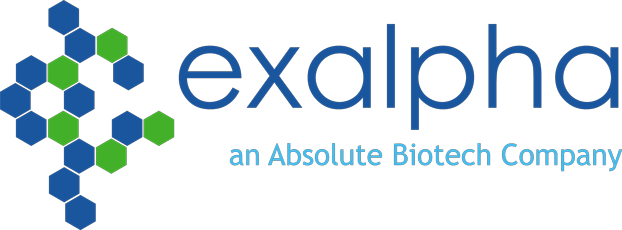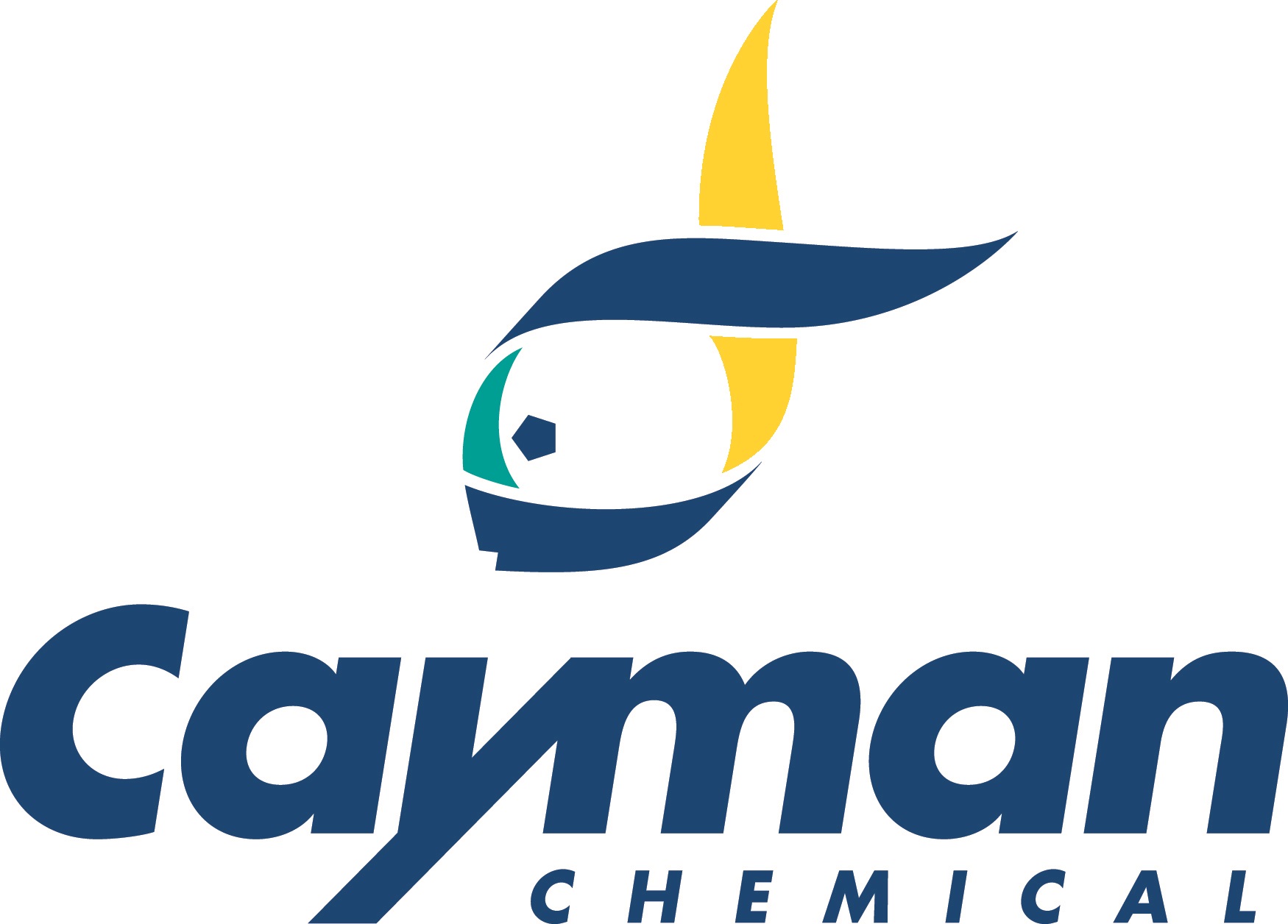About Indigo
Indigo Biosciences offer products and services focused on nuclear receptors, which comprise a major class of therapeutic drug targets. They have the largest portfolio of cell-based nuclear receptor assays in the world, helping you identify compounds with the highest selectivity and the lowest potential for unwanted effects and off-target responses. Their assays use a luminescence-based method and feature engineered nuclear receptor-specific reporter cells prepared using Indigo’s unique CryoMite™ preservation process.
Indigo Bioscience’s technology generates clear single receptor or full-panel screening results, making for better interpretation and more accurate data. In order to characterize the selectivity and potential off-target events, they also offer a comprehensive screen of all their cell-based assays to profile your compound(s).
Product offering
- Cell-based nuclear receptor assays (incl. ortholog kits for cross-species studies)
- In vitro toxicology platform
- Human MDR1/P-glycoprotein drug interaction
- Expression profiling of clinically relevant CYPs utilizing upcyte® hepatocytes
- Live cell multiplex assay kits & services
- Custom assay development services available
Key advantages
- Ready out of the box - includes all components needed for agonist/antagonist screening
- INDIGO’s proprietary CryoMite™ process ensures high cell viability after thawing
- "Multiple modes to test" - test for both agonist and antagonist / inverse agonist in the same assay
- Flexible assay formats: 3 x 32, 1 x 96, and 1 x 384 assays
Indigo's cell-based assays
Indigo Biosciences’ nuclear receptor assay products are cell-based, reporter assay systems. They feature engineered nuclear receptor-specific reporter cells prepared using their unique CryoMite™ process. Once thawed, reporter cells typically present greater than 95% cell viability and are ready for immediate use. Test compounds may be screened for agonist or antagonist activities against human nuclear receptors expressed within the cytoplasm and nuclear environments of healthy, dividing mammalian cells. For ortholog assay kits, nuclear receptors of other species are available.
Their reporter cell systems utilize firefly luciferase reporter gene technology to provide optimal assay sensitivity and dynamic range when quantifying nuclear receptor activity. Following ligand-activation, the nuclear receptor complex acts to induce expression of the luciferase reporter. Upon addition of detection reagent, the intensity of light emission from the luciferase reaction directly correlates to the activation status of the nuclear receptor. All of Indigo Biosciences’ nuclear receptor reporter assay systems incorporate a detection reagent specially formulated to provide stable light emission over at least 1 hour, thus allowing users to dispense detection reagent into all assay wells prior to commencing activity measurements. This eliminates the need for a luminometer equipped with injectors, allows plates to be processed in batch, and dramatically reduces the start-to-finish read time of assay plates.
The formats are all-inclusive single plate kits (3x 32-, 1x 96-, and 1x 384-well) which include nuclear receptor reporter cells, an assay plate, all required reagents (optimized culture media, positive-control agonist, and detection reagent), as well as a detailed technical manual. For HTS users, bulk reagent packs are available. These latter packs do not include assay plates.

Whitepaper: Species differences in PXR activation: examination of common lab animal species
Nuclear receptors (NRs) are ligand-dependent transcription factors found in many species that regulate the expression of important target genes involved in a spectrum of developmental and physiological processes. NRs represent important targets for therapeutic interventions for diseases including cancer, inflammation, and metabolic diseases. Understanding xenobiotic interactions with NRs is also important in the context of endocrine disruptors and environmental toxicity assessment.
One NR with the ability to associate with a wide range of xenobiotics, including pharmaceutical agents, natural products, and environmental chemicals is pregnane X receptor (PXR). In this study, we examined a small group of known PXR agonists for their ability to regulate the activity of human, monkey, dog, rat, and mouse orthologues of this receptor. We show that there is indeed a great deal of species difference in both potency and efficacy of chemicals examined, with a unique profile observed for each orthologue.
In vitro toxicology platform
This in vitro toxicology platform was developed to meet the increasing demand for more predictive models for liver toxicity due to the fact that hepatotoxicity remains a major reason for drug withdrawal from pharmaceutical development and clinical use.
The principal application of this assay is to quickly screen test compounds for those that induce acute liver cell toxicity. The cells used in this assay are upcyte® human liver cells.
Are you interested in Indigo's products? Then you may want to read the current Indigo brochure









